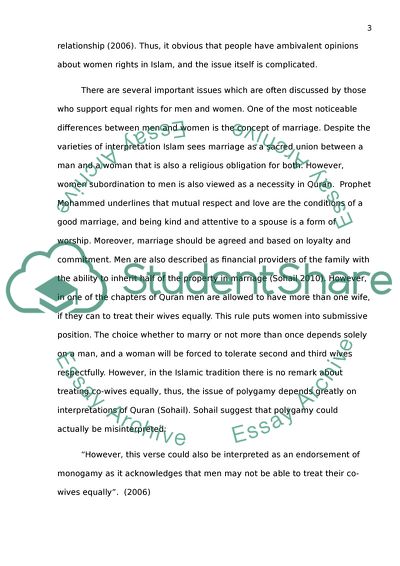Cite this document
(The Position of Women in Islam Term Paper Example | Topics and Well Written Essays - 1500 words, n.d.)
The Position of Women in Islam Term Paper Example | Topics and Well Written Essays - 1500 words. https://studentshare.org/sociology/1828112-what-is-the-status-of-women-under-islam-research
The Position of Women in Islam Term Paper Example | Topics and Well Written Essays - 1500 words. https://studentshare.org/sociology/1828112-what-is-the-status-of-women-under-islam-research
(The Position of Women in Islam Term Paper Example | Topics and Well Written Essays - 1500 Words)
The Position of Women in Islam Term Paper Example | Topics and Well Written Essays - 1500 Words. https://studentshare.org/sociology/1828112-what-is-the-status-of-women-under-islam-research.
The Position of Women in Islam Term Paper Example | Topics and Well Written Essays - 1500 Words. https://studentshare.org/sociology/1828112-what-is-the-status-of-women-under-islam-research.
“The Position of Women in Islam Term Paper Example | Topics and Well Written Essays - 1500 Words”. https://studentshare.org/sociology/1828112-what-is-the-status-of-women-under-islam-research.


